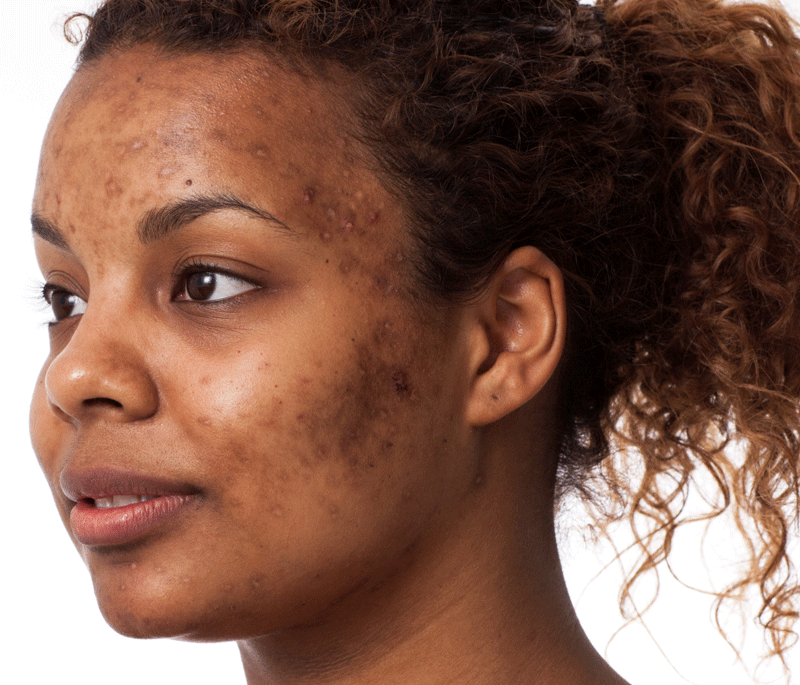AN-Hyperpigmentation
Hyperpigmentation

Hyperpigmentation appears as uneven dark patches on the skin, mainly caused by sun exposure. Generally, hyperpigmentation occurs when some sort of inflammatory process is present. It is a discoloration of the skin that is darker than the normal surrounding skin in the area where the previous inflammation occurred.
It is not permanent but can last for some time, sometimes months or even years, especially in the presence of sun exposure. And although it is often called “age spots” or “sunspots”, hyperpigmentation can be caused by a number of factors other than sun damage. Another type of hyperpigmentation, called melasma, can occur due to environmental stressors such as lack of sleep, hormonal changes such as pregnancy or menopause.
Along with post-inflammatory hyperpigmentation, skin trauma from breakouts such as cystic acne can also cause discolouration.
How to prevent it
Avoiding irritation or inflammation in the first place is the best way to prevent hyperpigmentation. So, if you are prone to acne, it is best to make sure you get the right treatment. If you tend to have sensitive skin and are prone to eczema, following a good diet is ideal for treatment and prevention.
The red LED light helps the products to penetrate deeper, making the skin clearer and refreshed, limiting inflammation and redness.
When it comes to avoiding hyperpigmentation exacerbated by sun exposure, prevention is also important. The best way to prevent this is to apply sunscreen before going out, even on cloudy days. An SPF of min 30 every two hours to protect the skin from the sun’s harmful rays is recommended. If it’s a sunny day or if you plan to be outdoors, wear a wide-brimmed hat and remember to apply SPF to your ears and neck, which are more easily exposed than your face.
In addition, you should avoid removing scabs and pimples, which can worsen the condition of your skin.
Of course, even with good skin care and being conscientious, inflammation, trauma or skin damage can still occur.
How to treat damage
If you already suffer from hyperpigmentation, sun protection helps prevent further darkening of the pigmentation and sun avoidance can lead to faster resolution.
There are also lightening or bleaching creams that can be used in certain circumstances. Active ingredients such as arbutin, tranexamic acid, kojic acid are agents that prevent the formation of melanin by inhibiting the enzyme tyrosinase which in turn prevents the production of excess pigment.
It is also recommended that you include products rich in antioxidants such as vitamin A, C or E in your routine to help repair damaged skin cells and even out skin tone.
